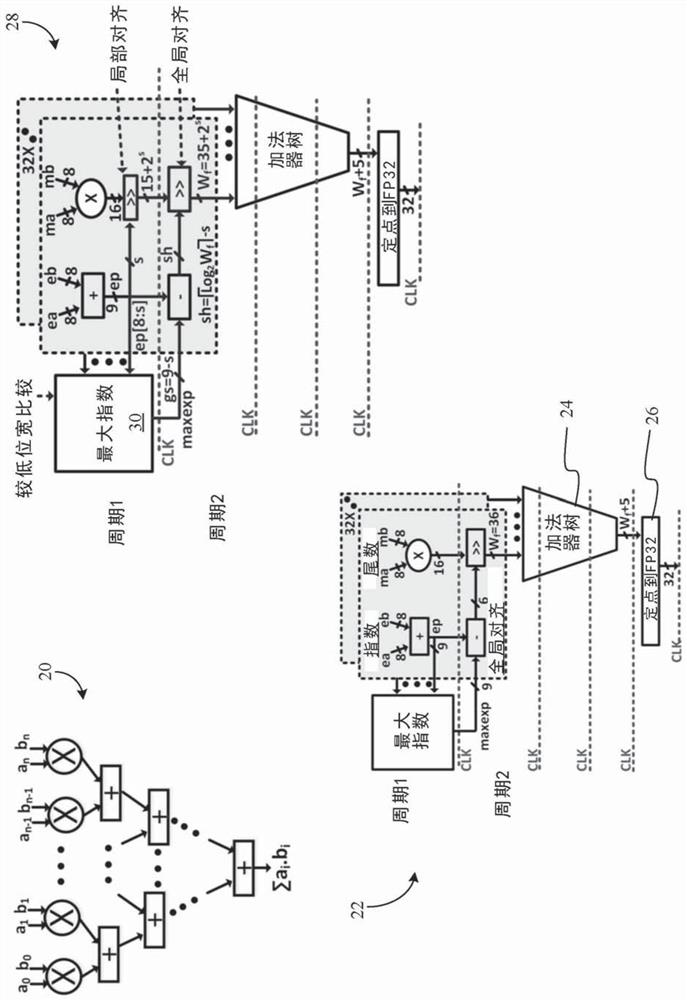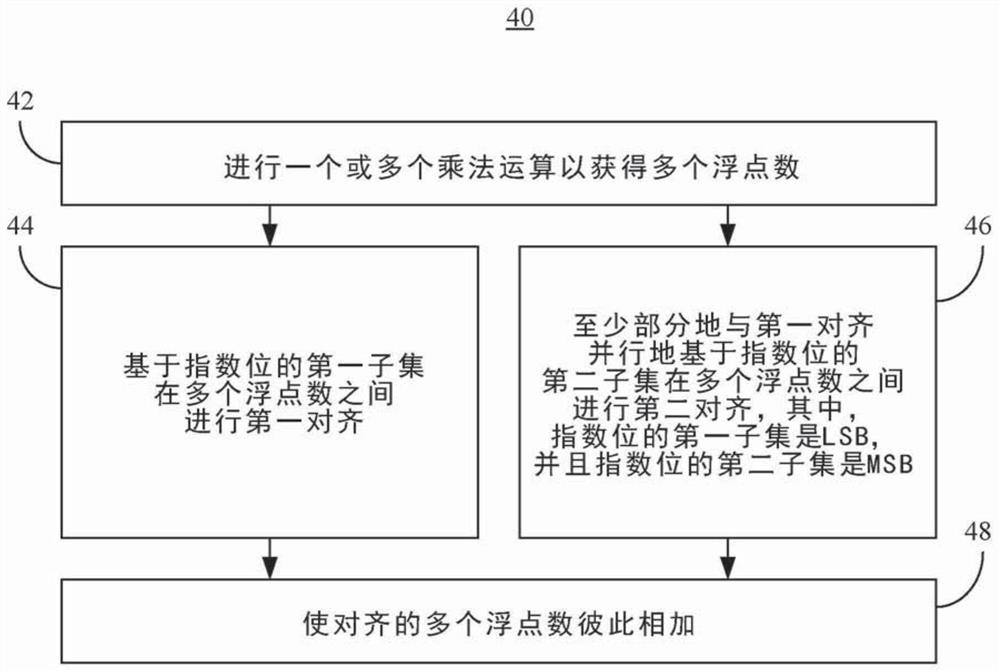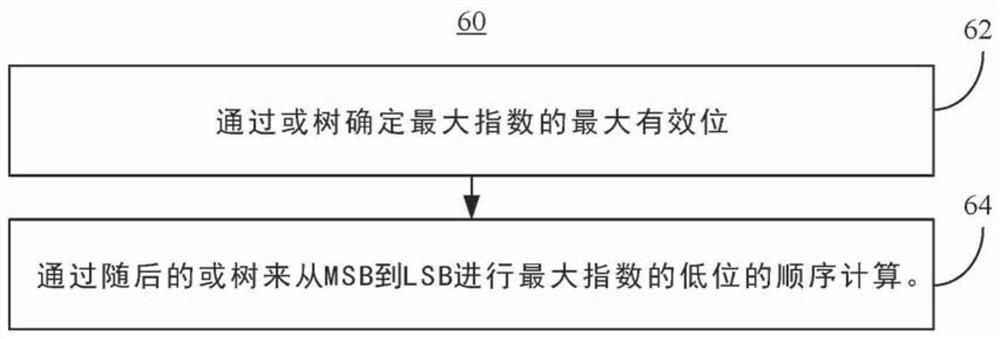Floating-point dot-product hardware with wide multiply-adder tree for machine learning accelerators
A floating-point, processor-based technology used in machine learning to address increased power and performance constraints, reduced performance, increased latency, cost, and/or power consumption
- Summary
- Abstract
- Description
- Claims
- Application Information
AI Technical Summary
Problems solved by technology
Method used
Image
Examples
example 1
[0039] Example 1 includes a performance-enhanced computing system including a network controller and a processor coupled to the network controller, the processor including logic coupled to one or more substrates, the logic for : performing a first alignment between a plurality of floating point numbers based on a first subset of exponent bits; at least in part in parallel with said first alignment, performing a first alignment between said plurality of floating point numbers based on a second subset of exponent bits a second alignment, wherein a first subset of the exponent bits is the least significant bit (LSB), and a second subset of the exponent bits is the most significant bit (MSB); and the plurality of floating point numbers of the alignment add to each other.
example 2
[0040]Example 2 includes the computing system of example 1, wherein the first alignment is based on each exponent relative to a predetermined constant.
example 3
[0041] Example 3 includes the computing system of example 1, wherein the second alignment is based on each exponent relative to a greatest exponent of all exponents.
PUM
 Login to View More
Login to View More Abstract
Description
Claims
Application Information
 Login to View More
Login to View More - R&D
- Intellectual Property
- Life Sciences
- Materials
- Tech Scout
- Unparalleled Data Quality
- Higher Quality Content
- 60% Fewer Hallucinations
Browse by: Latest US Patents, China's latest patents, Technical Efficacy Thesaurus, Application Domain, Technology Topic, Popular Technical Reports.
© 2025 PatSnap. All rights reserved.Legal|Privacy policy|Modern Slavery Act Transparency Statement|Sitemap|About US| Contact US: help@patsnap.com



